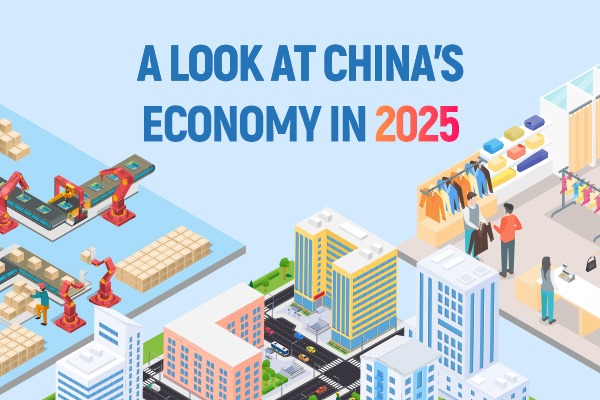In 'new era', hyperlocal retail to be future, finds Bain study


White paper highlights importance of winning customer loyalty, wallet share
Hyperlocal retail-location-based omnichannel sales of goods-is set to become brands' new battleground to win and retain customers over the next decade, said global consultancy Bain & Co.
With e-commerce penetration rates already high in large parts of China, the retail game has evolved from one of acquisition of customers to one of winning the share of consumer spending, according to the Hyperlocal Retail Brand Growth White Paper that Bain released with Alibaba Group.
"With growth of new customers slowing down, we are entering a new era competing for customer loyalty," said Jonathan Cheng, a Bain partner and head of retail practice in China. "Hyperlocal now becomes so important because it is building a much closer relationship with people where they are."
Cheng said the country's retail landscape has experienced three phases: the transition from traditional mom-and-pop stores to hypermarket chains between 2000 to 2010; the massive digitalization leapfrog from 2010 to 2020; and the ongoing rivalry for customer loyalty, characterized largely by the rise of hyperlocal retail, which includes the popularization of proximity e-commerce and online-to-offline sales.
According to Cheng, while access to customers has become democratized thanks to the rise of online channels, it also comes at the cost of customer loyalty, given the legions of choices provided by the digital world.
"There is often this misperception that it is critical to raise brand penetration in order to beef up sales. But our research suggests that it is frequency and spending per purchase that really make a difference in sales, and both of these gauges are reflective of brand loyalty," he said.
For instance, the research found that only 15 percent of all users are "loyal category shoppers", who are avid followers of a certain brand in a given category, and these groups only contributed to around 20 percent of a brand's sales.
Instead, 60 percent of revenue is generated by category shoppers who are buying in a more spontaneous fashion. This is a consumer tranche that Cheng believed is essential to constantly "activate"' in order for brands to grow their revenue pies.
To give a clearer picture of prospective customers and better comprehend their consumer journey, the study has identified 16 types of high-value households, tagging them as pet owners, beauty chasers and sports fans. And a more holistic approach should be taken to keep activating these target groups.
"For categories like fresh produce, it's important to note that decisions are usually made on a household-driven rather than individual-driven basis," he said. "For instance, beer breweries targeting young couples in first-tier cities tend to not only place advertisements via online channels but integrate videos in their residential complexes and adjacent points of sale such as convenient stores."
Meanwhile, residents in different city-tiers-they often imply various levels of socioeconomic development-have varying preferences in hyperlocal retail channels. While people in Beijing and Shanghai favor on-demand service like one-hour delivery offered by the likes of Alibaba's Freshippo, those in lower-tier cities see community group-buying as a more desirable choice, because it promises lower prices, thanks to the bulk purchases of merchandise by a group of people.
Liang Changlin, founder and CEO of omnichannel grocery e-tailer Dingdong Maicai, attributed the trend to internet technologies that are transforming traditional industries hitherto run by intuition and thus meet the needs of people in pursuit of efficiency.
"For instance, big data can predict customer needs and calculate the best route in real time to ensure smooth and in-time door-to-door delivery," he said.
But, lower-tier city residents are less willing to pay a premium for speedy deliveries. They leverage friends and communities to build the trust in brands. Cheng said trust in brands tends to be scant among lower-tier city users.
"People in smaller cities and townships are actually more digital-savvy because a lot of them start to interact with brands for the first time online. But it's also harder to build that trust given the lack of physical interactions," he said. "Consequently, community group-purchases could stand to fill that void."




































